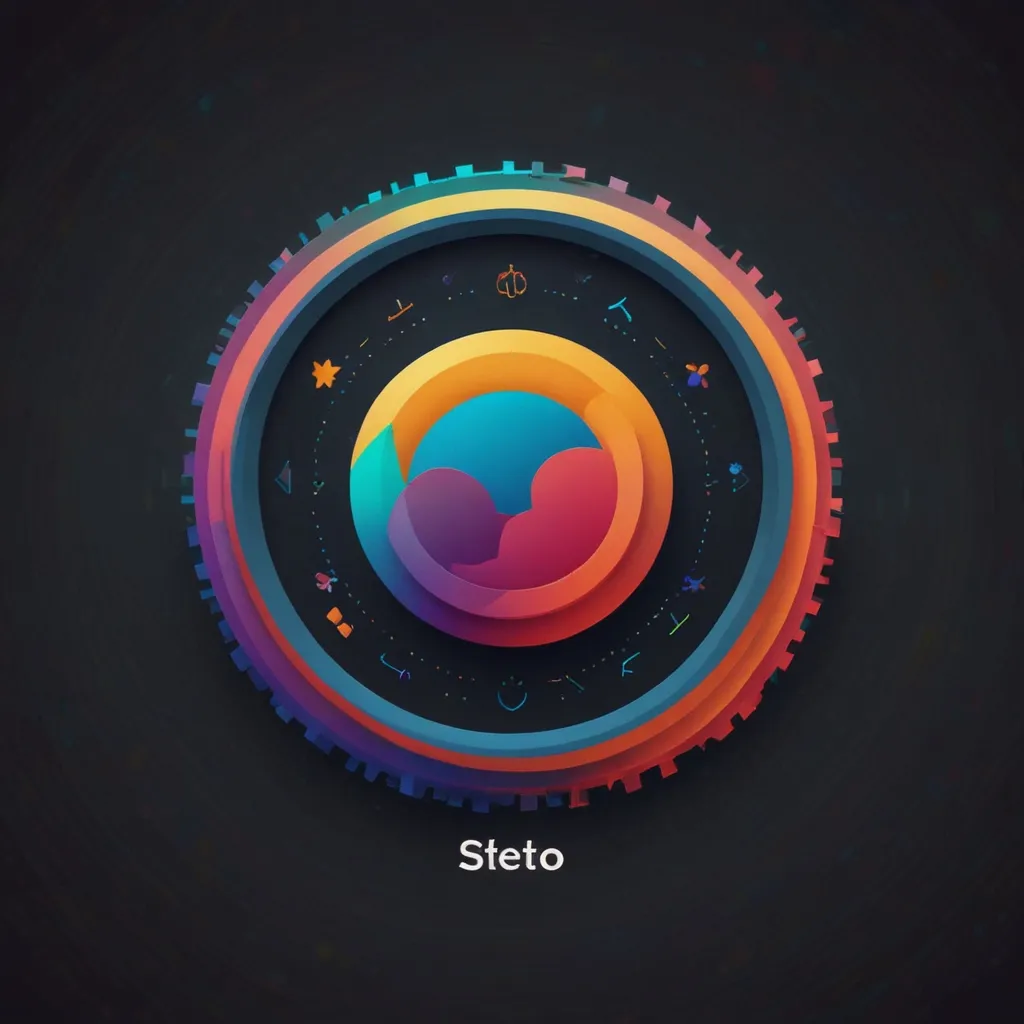Understanding the Magic of SVG: Scalable Vector Graphics Made Simple
Let’s dive into the world of web design for a hot second. Ever checked out a site on your phone and thought, “Dang, this still looks crisp?” That’s probably because the site is using SVG, or Scalable Vector Graphics. If you’re new to this, hang tight; it’s a game-changer in web and graphic design.
What’s SVG, Anyway?
Alright, here’s the lowdown: SVG stands for Scalable Vector Graphics. It’s a standard set by the World Wide Web Consortium (W3C). What sets SVG apart from your everyday JPEGs or PNGs is that it’s not made up of tiny little pixels. Instead, it’s all about those mathematical equations. I know, math—ugh, right? But stick with me. This math stuff means SVGs can be blown up to billboard size or shrunk down to a favicon without looking blurry. Pretty neat!
How Do SVGs Work?
SVG files run on XML, which is just a fancy way of saying they’re written in a common markup language. When your browser sees an SVG file, it reads that XML code and brings the image to life on your screen. So, let’s say you want to draw a simple blue circle with a black outline. You can do that right in your HTML:
<section class="container">
<svg viewBox="0 0 102 102">
<circle cx="51" cy="51" r="50" fill="powderblue" stroke="#333">
</circle>
</svg>
</section>
Pretty straightforward, right? And you can make it look even cooler with some CSS styling.
Why Bother with SVG?
Scalability
First and foremost, SVGs can scale. Because they’re all about those mathematical equations, you can resize an SVG image to any size under the sun without losing an ounce of quality. Perfect for logos and icons that need to adapt to different screen sizes.
Smaller File Size
Ever been on a site that took forever to load? With SVGs, you can keep those file sizes down, especially for simpler graphics. Smaller file sizes mean faster load times, which is great for both user experience and SEO.
Browser Compatibility
Good news! SVGs work like a charm on all the major web browsers. They play nice with HTML, CSS, and JavaScript too, so integrating them into your web projects is a breeze.
Interactivity
SVGs aren’t just static images. You can add scripts and animations to make them super interactive. Imagine using JavaScript to make a chart that updates in real-time or an interactive map that lets users click on regions for more info. Talk about engaging!
Accessibility
One of the unsung heroes of SVGs is their accessibility. Because SVG files include actual text, screen readers can interpret them. This is huge for making your site accessible to people with disabilities and can even help with SEO since search engines can read the text within SVGs.
Putting SVGs in Your HTML and CSS
SVGs are pretty flexible when it comes to how you use them in your web projects. You can embed them right in your HTML with the <svg> tag, link to them with the <object> or <img> tags, or even use them as CSS backgrounds.
Want to reuse SVG elements in your HTML? Try something like this:
<svg>
<defs>
<circle id="circle" cx="50" cy="50" r="40" fill="red" />
</defs>
<use href="#circle" x="100" y="100" />
<use href="#circle" x="200" y="200" />
</svg>
You can duplicate your circle all over the place without starting from scratch each time.
Styling SVGs with CSS
SVGs love a little makeover. You can style them with CSS just like you would with any HTML elements. Add classes, transitions, and even make them change color when someone hovers over them. Check this out:
.container {
margin: 2em auto;
width: 50%;
}
.container svg {
width: 100%;
height: 100%;
}
.container circle {
transition: fill 0.5s ease;
}
.container circle:hover {
fill: blue;
}
Here, the circle turns blue when you hover over it. It’s these little touches that make a site feel alive.
Real-World Uses of SVG
SVGs have found a comfy spot in various places.
Icons are a big one. You’ve seen those crisp, little graphics on buttons or menus that look sharp on any screen size. Those are SVGs for you.
Data visualizations are another awesome use. Think charts, graphs, and all sorts of data-heavy visuals that need to be clear and interactive.
SVGs also rock in print media. They’re perfect for posters, flyers, and anything that might need a resize. No more worrying about blurry images when you print out that last-minute presentation.
And, of course, let’s not forget web design. Responsive design is all the rage, and SVGs make sure your graphics look fab on all devices.
Making and Tweaking SVG Files
You’ve got options when it comes to creating SVGs. Tools like Adobe Illustrator and Inkscape offer user-friendly interfaces for designing SVG graphics. If you’re more into rolling up your sleeves, you can also crack open a text editor and write the code yourself.
Here’s a simple SVG file you could write in a text editor:
<svg xmlns="http://www.w3.org/2000/svg" width="100" height="100">
<rect x="10" y="10" width="80" height="80" fill="green" />
</svg>
Boom. A green rectangle. Not too shabby for a few lines of code, huh?
Wrapping It Up
SVGs bring a lot to the table. They’re scalable, interactive, accessible, and integrate seamlessly with HTML, CSS, and JavaScript. From logos to interactive charts, SVGs give you the flexibility and quality to make your web projects shine. Plus, those smaller file sizes and browser compatibility are icing on the cake. Whether you’re a newbie or a seasoned pro, SVGs are a must-have in your design toolkit. So, the next time you’re gearing up for a new project, give SVG a shot. You won’t be disappointed.






